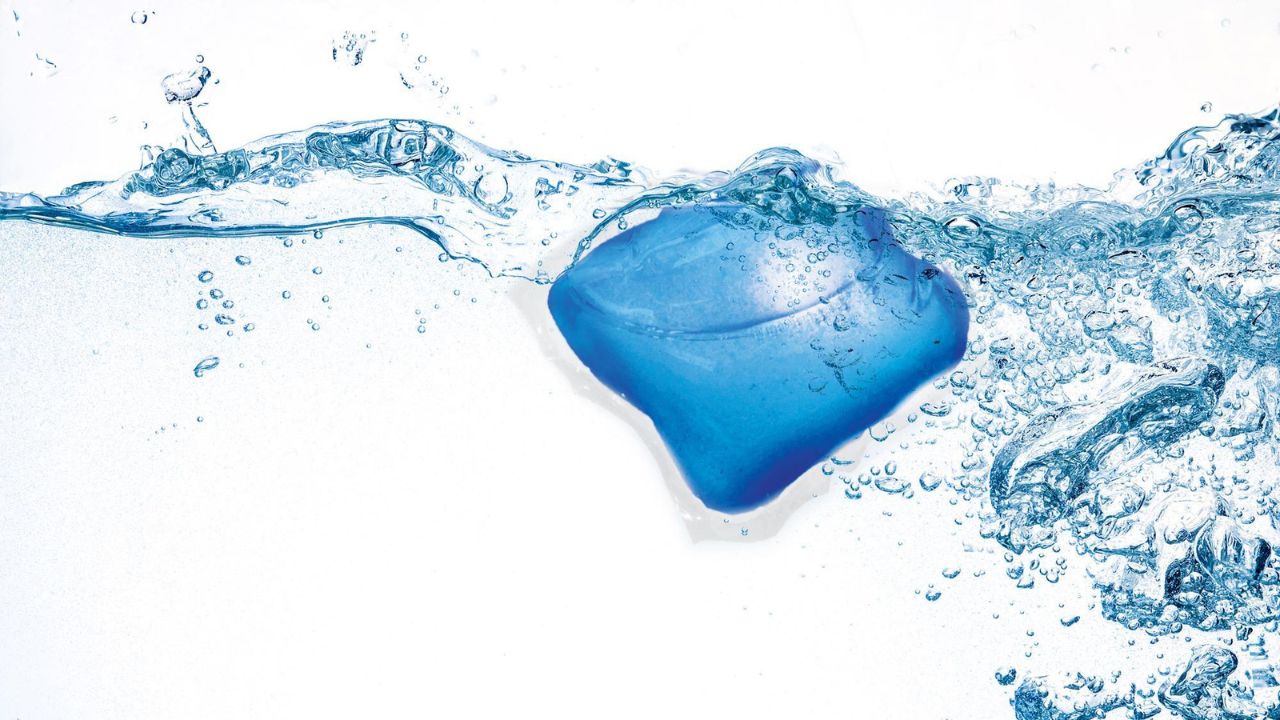Water-soluble packaging is a rapidly evolving technology that has the potential to transform the way we package and transport goods. It is made from water-soluble polymer materials that dissolve in water, leaving behind no harmful residue. This makes it a safe and eco-friendly alternative to traditional plastic packaging.
Water-soluble packaging has many potential applications, including laundry detergent pods, dishwasher tablets, food packaging, medical packaging, and agricultural applications. In each of these applications, water-soluble packaging offers unique advantages over traditional plastic packaging.
Laundry Detergent Pods
Laundry detergent pods have become increasingly popular in recent years because they are convenient and easy to use. However, they are typically packaged in plastic, which is not eco-friendly. Water-soluble packaging offers a safe and eco-friendly alternative for laundry detergent pods.
Dishwasher Tablets
Like laundry detergent pods, dishwasher tablets are also typically packaged in plastic. Water-soluble packaging offers a safe and eco-friendly alternative for dishwasher tablets.
Food Packaging
Water-soluble packaging could also be used for food packaging. For example, it could be used to package individual portions of soup or sauce. Water-soluble packaging would be a safer, more eco-friendly option for food packaging because it would eliminate the need for plastic packaging.
Medical Packaging
Water-soluble packaging could also be used for medical packaging. For example, it could be used to package medications or medical supplies. Water-soluble packaging would be a safer option for medical packaging because it would eliminate the risk of harmful chemicals leaching into medications or medical supplies.
Agricultural Applications
Water-soluble packaging could also be used in the agricultural industry. For example, it could be used to package fertilizers or pesticides. Water-soluble packaging would be a safer option for agricultural packaging because it would eliminate the risk of harmful chemicals leaching into the soil or water.
Advantages of Water-Soluble Packaging
Water-soluble packaging offers several advantages over traditional plastic packaging. First, it is environmentally friendly because it dissolves in water and does not leave behind any harmful residue. This makes it a safer option for both humans and animals. Second, it is easy to use and does not require any special handling or disposal procedures. Third, it can be customized to meet the specific needs of each product and application.
Disadvantages of Water-Soluble Packaging
While water-soluble packaging has many advantages, it also has some drawbacks. First, it is more expensive than traditional plastic packaging. Second, it is less durable than traditional plastic packaging, which means it may not be suitable for all applications. Finally, it requires specialized equipment for production, which may limit its availability in some areas.
Microplastics are tiny pieces of plastic that are less than 5 millimeters in length. They can come from a variety of sources, including the breakdown of larger plastic items, such as bags and bottles, and the shedding of tiny plastic fibers from clothing and other textiles. Microplastics can also be found in personal care products, such as exfoliating scrubs and toothpaste, and in some industrial processes.
Microplastics pose a significant threat to the environment and to human health. They can be ingested by marine life and other animals, causing harm and even death. Microplastics can also enter the human food chain, potentially causing health problems. In addition, microplastics can persist in the environment for hundreds of years, making them a long-term threat to the health of our planet.
Water-soluble packaging is not considered to be a source of microplastics because it is designed to dissolve completely in water, leaving behind no visible or harmful residue. When water-soluble packaging is disposed of in water, it breaks down into its constituent parts, which are safe for the environment. This makes it a much safer and more eco-friendly alternative to traditional plastic packaging, which can break down into microplastics and persist in the environment for hundreds of years.
However, it is important to note that not all water-soluble materials are created equal, and it is important to choose materials that have been tested and certified to be environmentally friendly. Some water-soluble materials may contain harmful chemicals or additives that could be harmful to the environment, so it is important to choose materials that have been certified to be safe.
In addition to its environmental benefits, water-soluble packaging also has several other advantages over traditional plastic packaging. For example, it is easy to use and does not require any special handling or disposal procedures. It can also be customized to meet the specific needs of each product and application. However, it is important to note that water-soluble packaging is generally more expensive than traditional plastic packaging, and it may not be suitable for all applications.
Water-soluble packaging is a safe and eco-friendly alternative to traditional plastic packaging. Unlike traditional plastic packaging, which can break down into microplastics and pose a long-term threat to the environment, water-soluble packaging is designed to dissolve completely in water, leaving behind no visible or harmful residue. However, it is important to choose water-soluble materials that have been tested and certified to be environmentally friendly, and to weigh the advantages and disadvantages of using water-soluble packaging for each specific application.




